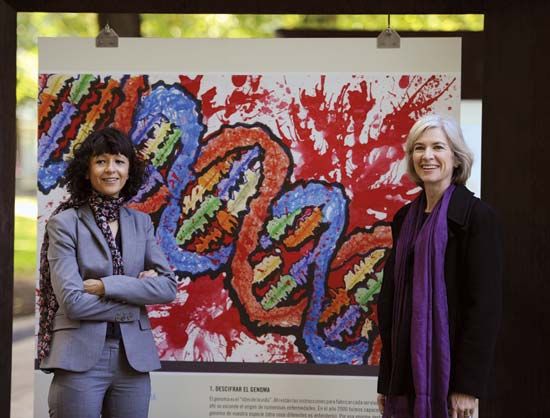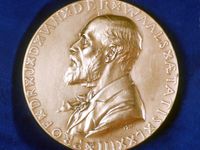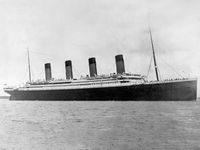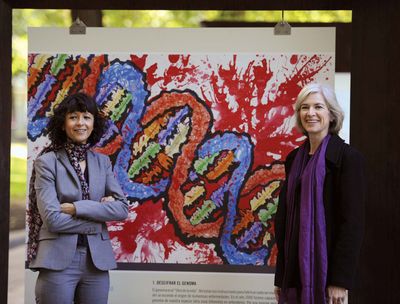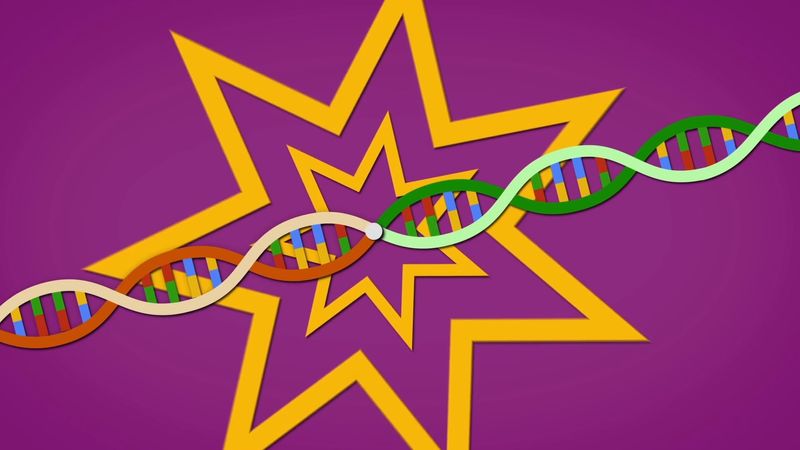Emmanuelle Charpentier
Our editors will review what you’ve submitted and determine whether to revise the article.
- In full:
- Emmanuelle Marie Charpentier
- Born:
- December 11, 1968 , Juvisy-sur-Orge, France (age 55)
- Awards And Honors:
- Nobel Prize (2020)
Emmanuelle Charpentier (born December 11, 1968, Juvisy-sur-Orge, France) French scientist who discovered, with American biochemist Jennifer Doudna, a molecular tool known as clustered regularly interspaced short palindromic repeats (CRISPR)-Cas9. Their discovery of CRISPR-Cas9 in 2012 laid the foundation for gene editing, whereby researchers are able to make very specific changes to DNA sequences. CRISPR-Cas9 was far simpler and more efficient than earlier tools to modify genetic sequences. For their discoveries, Charpentier and Doudna shared the 2020 Nobel Prize in Chemistry.
Charpentier grew up near Paris and had diverse interests as a youth. She attended the Pierre and Marie Curie University (later part of Sorbonne University) for undergraduate studies, earning a degree in biochemistry in 1992. Her graduate studies were carried out at the Pasteur Institute, where she investigated segments of bacterial DNA that move around the genome and transfer drug resistance between cells. In 1995 she completed a doctorate in microbiology and remained at the Pasteur Institute for the next year, working as a postdoctoral researcher. She continued her postdoctoral studies at Rockefeller University in New York. After working as an assistant research scientist at New York University Medical Center, she became a research associate at St. Jude’s Children’s Research Hospital in Memphis and subsequently the Skirball Institute of Biomolecular Medicine in New York.
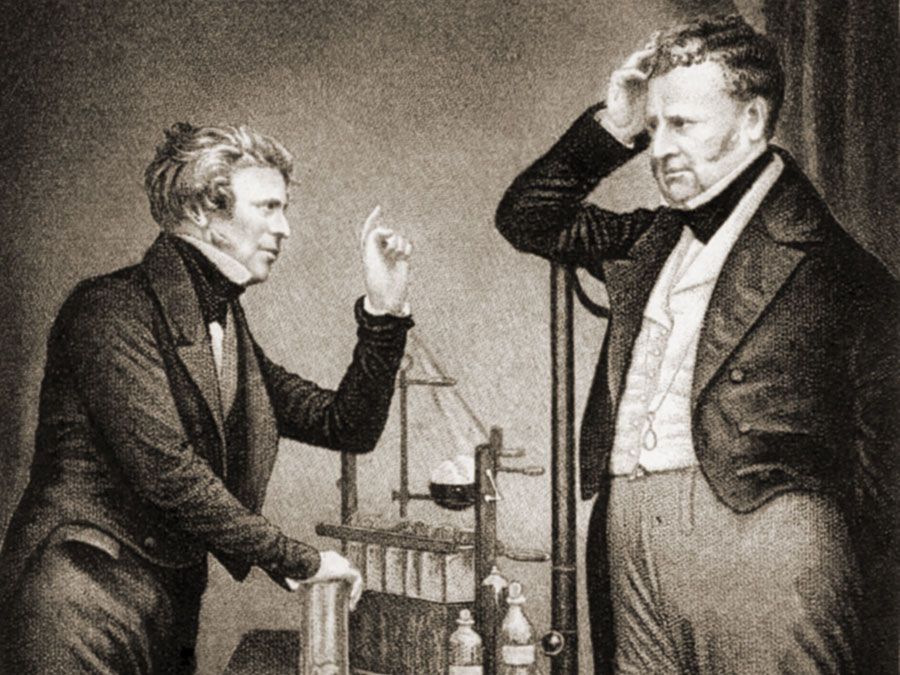
In 2002 Charpentier returned to Europe, taking a research position at the University of Vienna. There she discovered a regulatory RNA molecule that controls virulence factors in Streptococcus pyogenes bacteria. With the help of molecular microbiologist Jörg Vogel at the Max Planck Institute for Infection Biology in Berlin, Charpentier identified small novel RNAs in the S. pyogenes genome and started investigating the bacteria’s CRISPR system, which the organism uses as part of its defense against viruses. She discovered that the S. pyogenes CRISPR system consists of three components, tracrRNA (trans-activating CRISPR RNA), CRISPR RNA, and Cas9 protein—a far simpler organization than she had anticipated.
In 2009 Charpentier continued her investigation of the CRISPR system at Umeå Centre for Microbial Research in Sweden. With the assistance of Elitza Deltcheva, who had been a graduate student in Charpentier’s laboratory in Vienna, Charpentier showed how the CRISPR system could cut and modify DNA at specific locations in the genome. In particular, Deltcheva provided evidence that tracrRNA and CRISPR RNA interact to guide Cas9 to specific DNA sequences. Charpentier, Vogel, and Deltcheva reported their discoveries in 2010. The following year Charpentier met Doudna. The two researchers quickly set to work on a collaboration that culminated in their discovery in 2012 of the mechanism by which Cas9 cleaves DNA. The system subsequently was used with great success to target and modify specific sequences in the genomes of various organisms.
In 2013 Charpentier co-founded CRISPR Therapeutics, a company that employed CRISPR methodology for gene therapy in humans, with operations in Cambridge, Massachusetts, and headquarters in Zug, Switzerland. Charpentier was a member of the company’s scientific advisory board. In 2015, after a two-year stint at Hannover Medical School in Germany, Charpentier moved her laboratory to the Max Planck Institute.
Charpentier was recognized with numerous honours and awards, including the Canada Gairdner International Award (2016) and the Kavli Prize in Nanoscience (2018). She was an elected member of the Royal Swedish Academy of Sciences (2015) and the European Academy of Sciences and Arts (2018).

